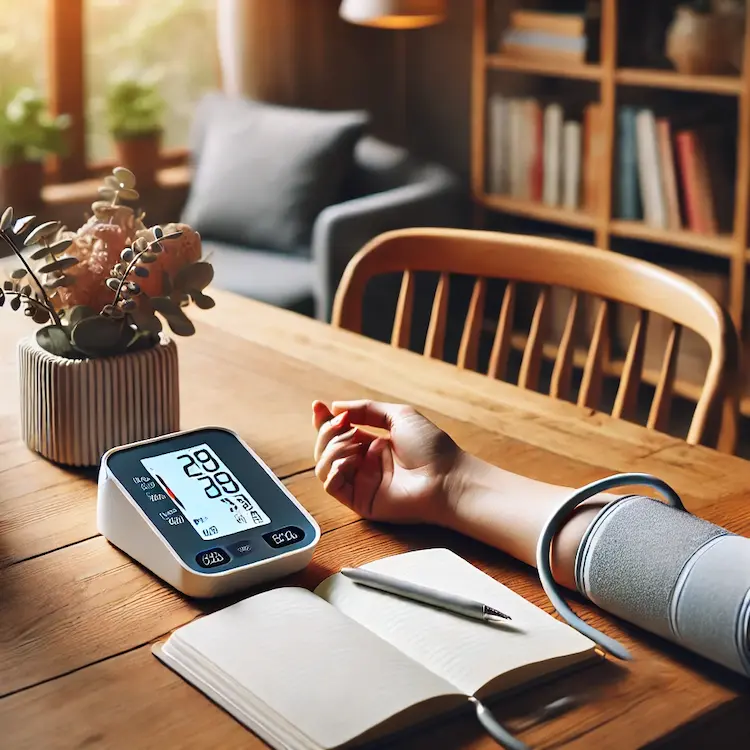Blood pressure (BP) monitoring is essential for managing hypertension, cardiovascular diseases, and overall health. As technology advances, the accessibility of blood pressure monitoring devices has improved significantly, empowering individuals to take control of their health. This article explores the importance of accessible BP monitoring, compares various device types, and provides actionable advice for choosing and using the right tools.
Monitoring blood pressure regularly is crucial for detecting and managing health risks, such as:
Key Statistic: According to the World Health Organization (WHO), 1.28 billion adults aged 30-79 globally have hypertension, but only 42% of them are diagnosed and treated.
Here’s a breakdown of common BP monitoring devices:
| Type | Description | Advantages | Challenges |
|---|---|---|---|
| Manual Devices | Includes a cuff, stethoscope, and sphygmomanometer. | Highly accurate, professional use | Requires training, time-consuming |
| Digital Monitors | Automated devices with digital displays. | Easy to use, portable | Battery-dependent, calibration |
| Wearable Monitors | Smartwatches or bands with BP sensors. | Continuous monitoring, compact | Accuracy issues, expensive |
| Ambulatory Monitors | Devices worn for 24 hours to provide detailed BP data. | In-depth analysis, clinical-grade | Expensive, less accessible |
| Smartphone Apps | Paired with external sensors or cameras for BP measurement. | Convenient, widely available | Varying accuracy, user dependency |

Blood pressure monitoring is pivotal for maintaining health and preventing severe conditions. Accessibility challenges can be addressed through affordable devices, technological advancements, and educational initiatives. To take control of your health: